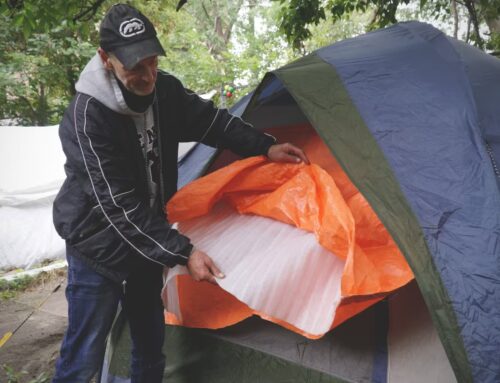Published on January 24, 2022 by CTV News
A study on indoor air quality and housing characteristics in isolated First Nations communities found elevated rates of respiratory infections and wheezing in young children, which authors associate with poor conditions within their homes.
Researchers analyzed factors that could affect respiratory health in four First Nations communities in the Sioux Lookout region of northern Ontario, finding high levels of mould on interior surfaces and high levels of endotoxin, a residue of certain bacteria associated with wheeze.
Indoor air quality, dust mite concentration and contaminants from wood smoke were also analyzed.
The study, which included homes where 98 First Nations children aged three years or younger lived, found that 85 per cent of the houses lacked controlled ventilation, more than half had damaged windows, 44 per cent showed water penetration in exterior walls and six per cent had immediate safety issues.
Pediatric respirologist Dr. Thomas Kovesi, the lead researcher on the project, said housing inadequacies were linked to high rates of respiratory illness in children — 21 per cent of kids in the study had been admitted to hospital during the first two years of life and one-quarter needed to be medically evacuated because of a respiratory illness.
“People talk a lot about inadequacies in First Nations’ housing, but very few studies have quantified it,” said Kovesi, a physician at Ottawa’s pediatric hospital, CHEO. “We now have high-quality data showing what kinds of problems these houses have.
“And our other key finding is that issues with air quality was associated with lung problems in the kids.”






























